Despite the past few year’s tough economic challenges, my friend’s unique home painting business is booming.
She and her team do custom work only – faux marble columns, simulated leather walls, gold finish on the trim, hand-painted ceilings – and they are hired by interior designers when high-end homes are being built.
They don’t paint walls; they come in when the wall painters are done. Their specialized techniques are distinctive, beautiful – and expensive. And their work is in high demand because what they do can’t be replicated by a “generic” interior painting company.
This firm is successful because it appeals to a focused market and has differentiated itself.
Harvard professor Michael Porter, a leading authority on strategy and competitiveness, describes a differentiating strategy as one that offers unique attributes that are valued by customers and that customers perceive to be better than or different from the services or products of competitors. Because customers value the unique qualities – and because the distinctiveness makes it difficult for competitors to copy – the company can charge a premium price.
Many successful businesses have found ways to differentiate – the dry cleaners that picks up and delivers from the office; the package mailing shop that offers “from your car” service to moms with children in tow; and the daycare offering overnight care for children of shift workers, for example.
The alternative to differentiation offered by Porter is “cost leadership” – which means you lead by charging less than your competitor. This can work well if you have a huge market and have access to the lowest-cost materials or labor (think Wal-mart). Cost leadership might also work in a narrow market, if your company can dominate the niche and grow the volume of clients. But long-term, can your business sustain if its only method for competing is to drop prices?
Some companies try to do it all: offer a high-quality, distinctive product/service at the lowest cost to a narrow, niche market. This route leads to a business that’s stuck in the middle and is not a long-term strategy for success.
Here are five questions to help you evaluate your company’s current strategy:
- Does your business offer distinctive products or services? Can you clearly articulate that difference, and are you helping customers understand your distinctiveness so they are willing to pay a premium for it?
- If your product or service is “generic” and difficult to differentiate, is there any value-added benefit you could develop to make your company stand out from the rest? If yes, this can give you a marketing edge if you tell the story effectively. It might not be worth premium pricing, but could grow your revenue through repeat business and referrals.
- Does your business provide a “generic” product or service at a price lower than all your competitors? Do your customers know this? If your price is not competitive and you’re not distinctive, are you willing to lower your price – and market your low-cost leadership?
- If your product or service is “generic” and you are not the low-cost leader – are you focused on a narrow market where you have few competitors? Are you using targeted marketing to reach this niche directly?
- Do you know how your pricing or your products/services compare to competitors? If you don’t, and you are spending money on marketing, you will find it difficult to get much return on your investment.
It’s challenging to stop and evaluate where you are and where you’re going while trying to run a business. But a clear understanding of your strategic direction will help you focus your leadership, guide your team, and leverage your marketing dollars for the greatest return.



















